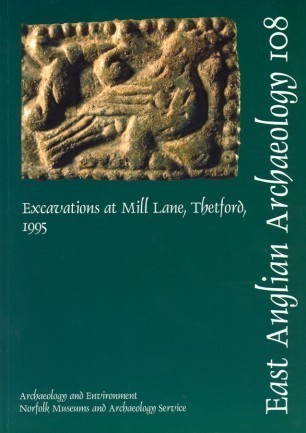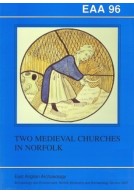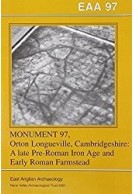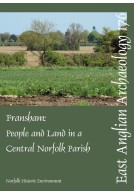Google Books previews are unavailable because you have chosen to turn off third party cookies for enhanced content. Visit our cookies page to review your cookie settings.
EAA 108: Excavations at Mill Lane, Thetford, 1995 (Paperback)
Imprint: East Anglian Archaeology
Series: East Anglian Archaeology Monograph
Pages: 131
Illustrations: 52 b/w figs, 36 tbsm 24 charts, 5 b/w pls
ISBN: 9780905594415
Published: 31st December 2004
Script Academic & Professional
Series: East Anglian Archaeology Monograph
Pages: 131
Illustrations: 52 b/w figs, 36 tbsm 24 charts, 5 b/w pls
ISBN: 9780905594415
Published: 31st December 2004
Script Academic & Professional
You'll be £5.95 closer to your next £10.00 credit when you purchase EAA 108: Excavations at Mill Lane, Thetford, 1995. What's this?
+£4.99 UK Delivery or free UK delivery if order is over £40
(click here for international delivery rates)
Need a currency converter? Check XE.com for live rates
(click here for international delivery rates)
Need a currency converter? Check XE.com for live rates
In 1995 a large-scale excavation was undertaken to the south of the Little Ouse in Thetford, in an area which had once been part of the Late Saxon settlement. Analysis of deposits from the river valley has given important new insights into local environmental conditions from the Bronze Age through to the Late Saxon period. The excavation results have added significantly to our understanding of Late Saxon Thetford, and confirmed that there was no earlier settlement in this part of the town. That the success of Thetford as a large and influential town was fairly short-lived was reflected in the relatively brief main span of activity, which was mostly concentrated in the 10th to early 12th centuries. The evidence for occupation consisted of post-hole structures and sunken-featured buildings, rubbish pits and wells. As well as indicating domestic habitation, the artefactual evidence included waste products from the working of silver, copper alloy and iron. A number of hearths appear to have been associated with metalworking. Occupation continued, on a much smaller scale, in the 13th and 14th centuries, after which the area became open fields. The site remained open until light industrial development took place in the 20th century.
Customers who bought this title also bought...
Other titles in the series...
Other titles in East Anglian Archaeology...





















